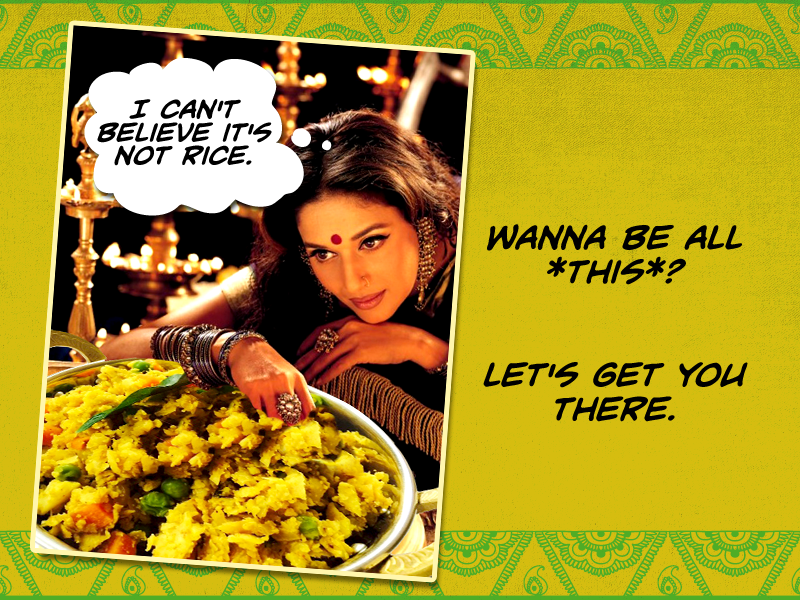
I truly believe the adage of you are what you eat. And, well, judging from my posts of weeks past on SketchyDesi.com, you would assume I’m a ball of dough. You wouldn’t be completely incorrect.
Seems I’ve allowed myself to get swept away with Life, opting for comfort foods which have lead me to actually feel uncomfortable and lethargic. And though I say I believe in the power of balance, you know of eating certain things in moderation and working out, well, I haven’t been practicing all that sound wisdom lately.
So, my challenge to myself? Develop and share recipes which are fiercely delicious and not just resigned to the sideline as splurges or guilty pleasures. I’m not omitting desi bread and southern biscuits from my repertoire altogether, but I am dialing it back, a lot.
[Read Related: Samosa Hand Pies with Baked Aloo Filling]
The funny thing IS is that I’ve created “healthy” recipes for clients. In fact, in the course of my career, I’ve probably created over 200 low-carb, low-fat, and/or low-calorie recipes for different clients, so its not like the know-how isn’t in me. It’s just a matter of taking what I know professionally and applying that creativity and skill set to my personal life.
I know I can hit the gym and find my stride again but, it’s the eating well bit that has always been a challenge to me. How can I use my recipe development superpowers for good and not evil?
It can be done. And I’m taking you along for the ride!
One of my more memorable clients was Good Morning America’s Tory Johnson. She authored New York Time’s bestseller The Shift. She hired me to create low-carb recipes for the second edition of her book.
Tory was invited to share her book and cooking philosophy on the talk show “The View”; so I created recipes/dishes for the food segment. The challenge was to recreate usually carb-heavy comfort foods with cauliflower instead of flour, potato, and rice.
[Read Related: I Like my Eggs Curried, Not Fertilized]
I was amazed at the humble cauliflower’s ability to mimic comfort dishes without the discomfort of heaviness. It also got me thinking of how I could use cauliflower to remake some of my own Indian comfort foods. Could I morph some of my childhood favorites into low carb, tasty dishes?
There was no concept of low-carb or high-carb in my household growing up. Carbs were not bad. Hell, they weren’t even in our vernacular. Nor was the concept of portion control.
Homemade food was just good for us. Period.
Nevermind that it might be too starchy or the portions heavy-handed. The takeaway was that we should be thankful that we had an abundance of homemade food, every day for every meal for which we were home.
I’ve had to educate myself, change my angle and question my food habits. As a chef, I’ve always focused on making food that tastes good. Now, I’m challenging myself with making food that tastes good and is good for me.
*Mind exploding.*
It’s what fueled my wanting to create a more vegetable-heavy version of one of my child–and adulthood– favorites. And the swap out works. Cauliflower can easily be used as cauli “flour”, as rice, and even as aloo.
Here I share with you two of my favorite comfort foods – pulao and upma – but with cauliflower as the base!
To get more recipes using cauliflower, visit SketchyDesi.com.
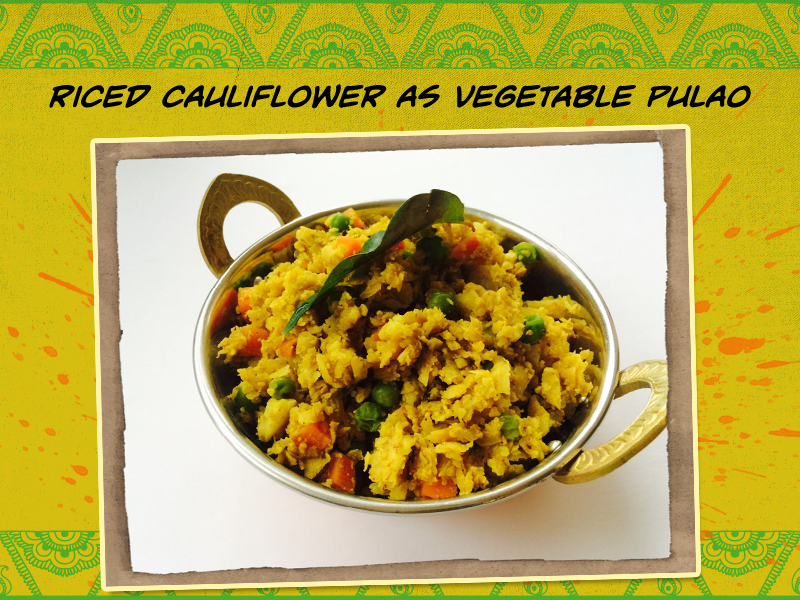
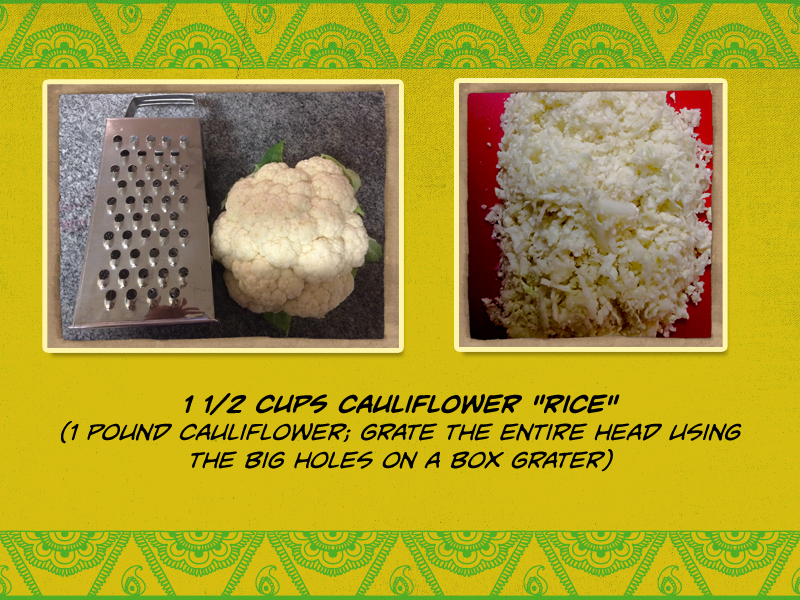
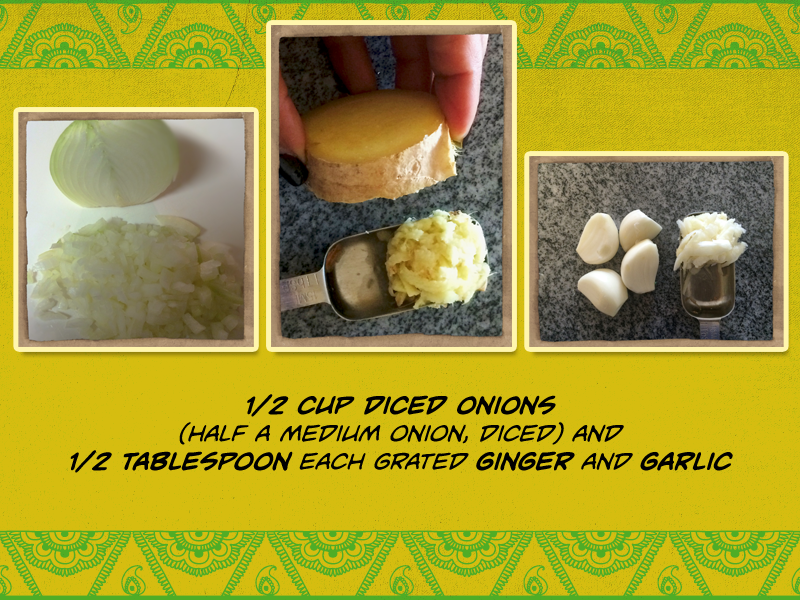
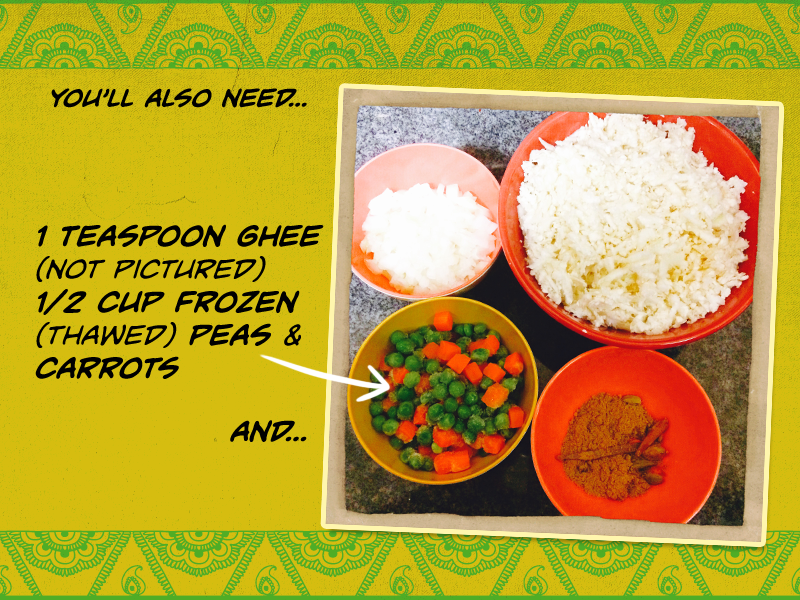
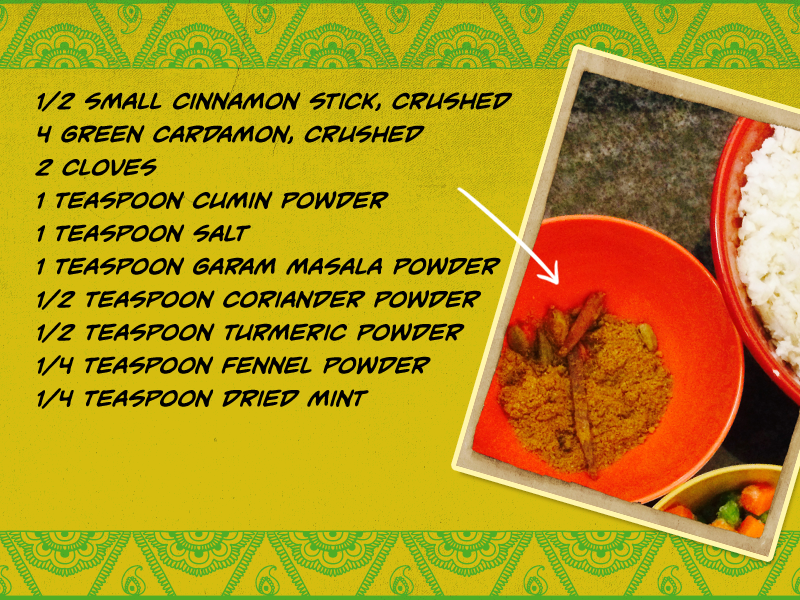
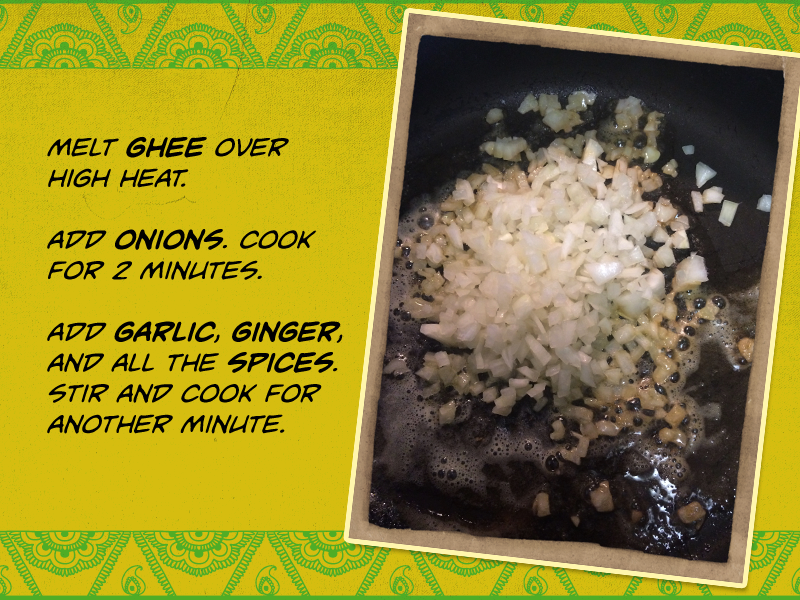
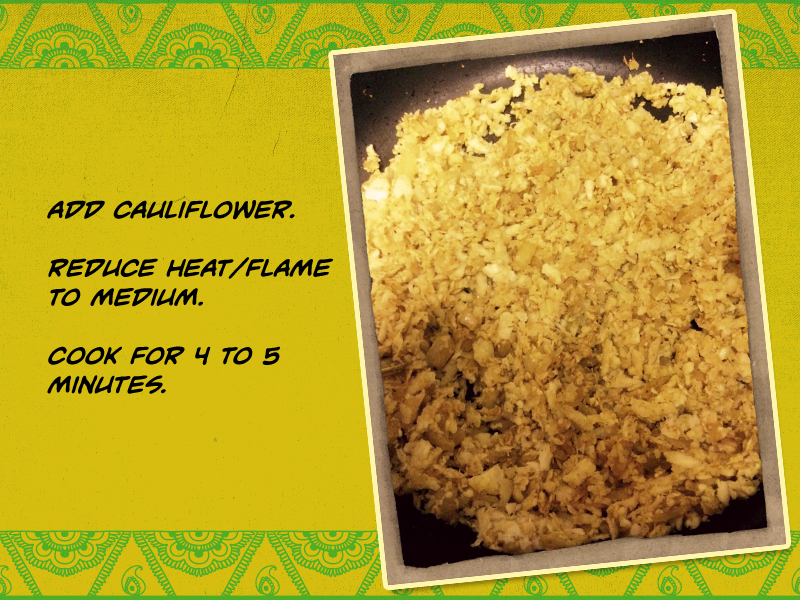
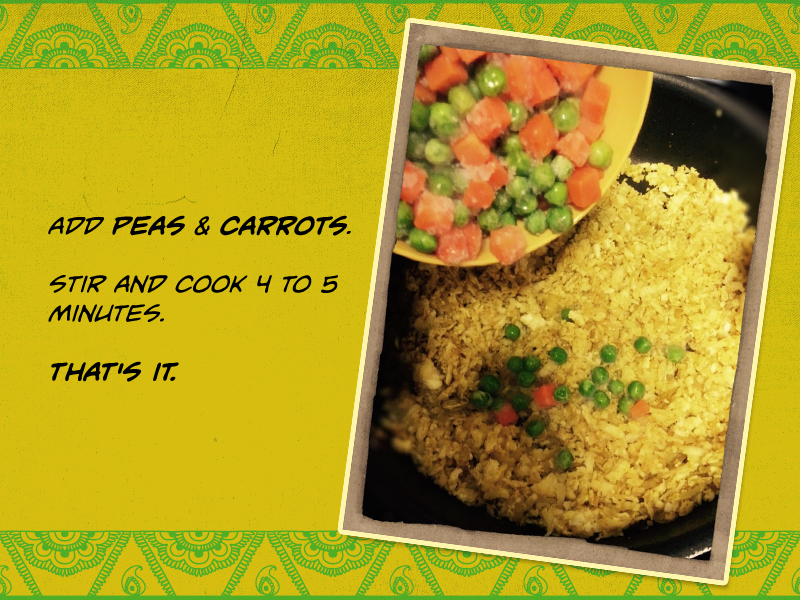
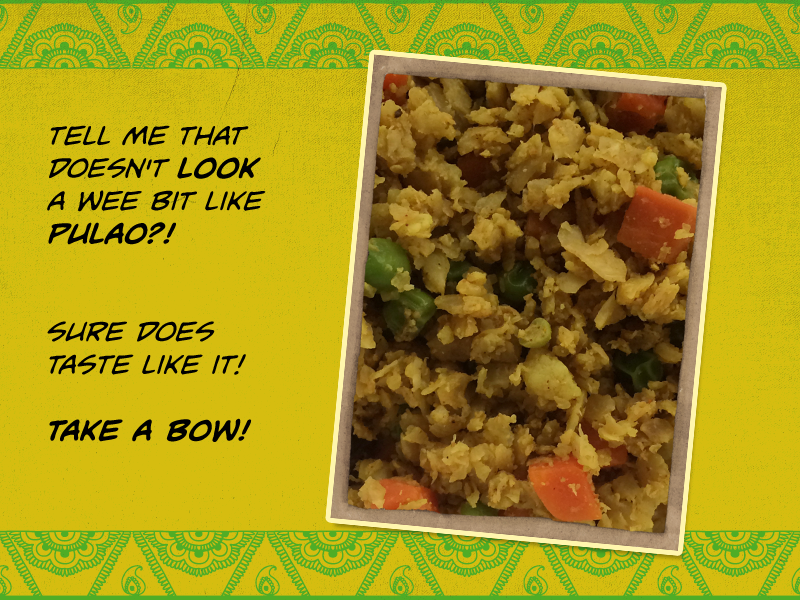
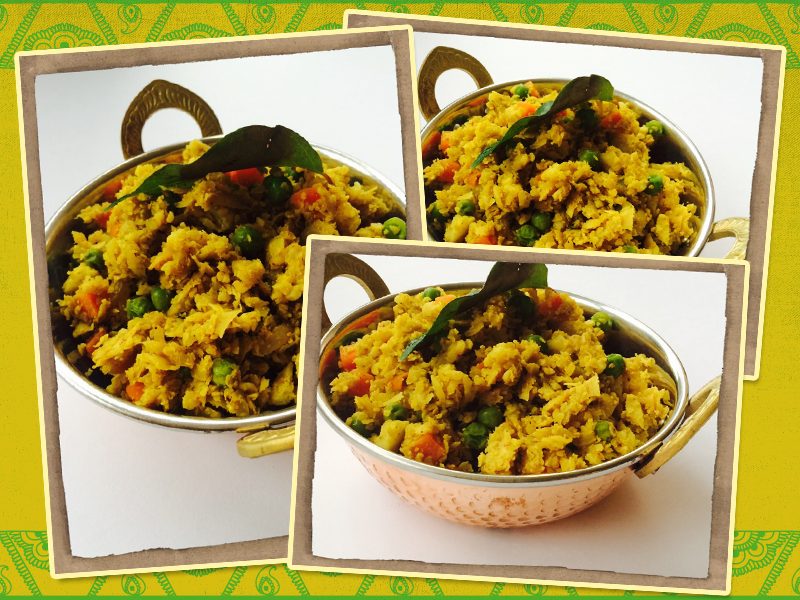
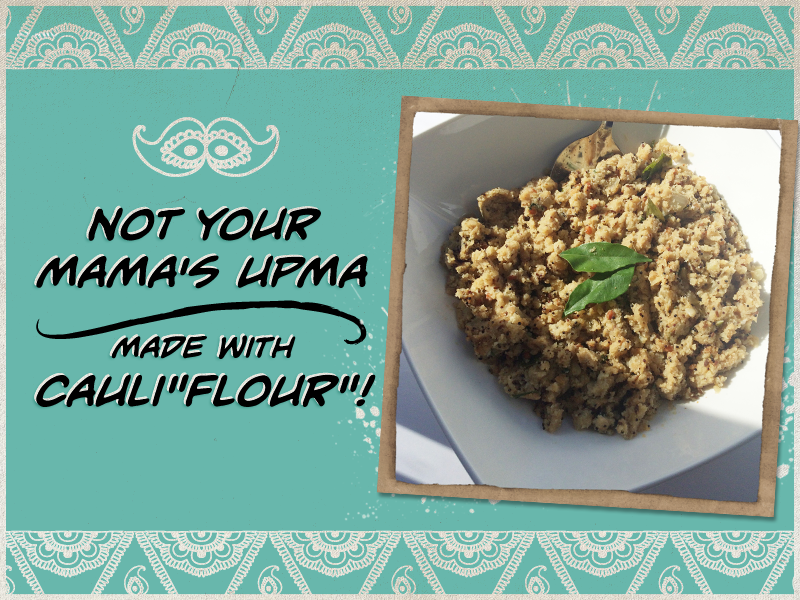
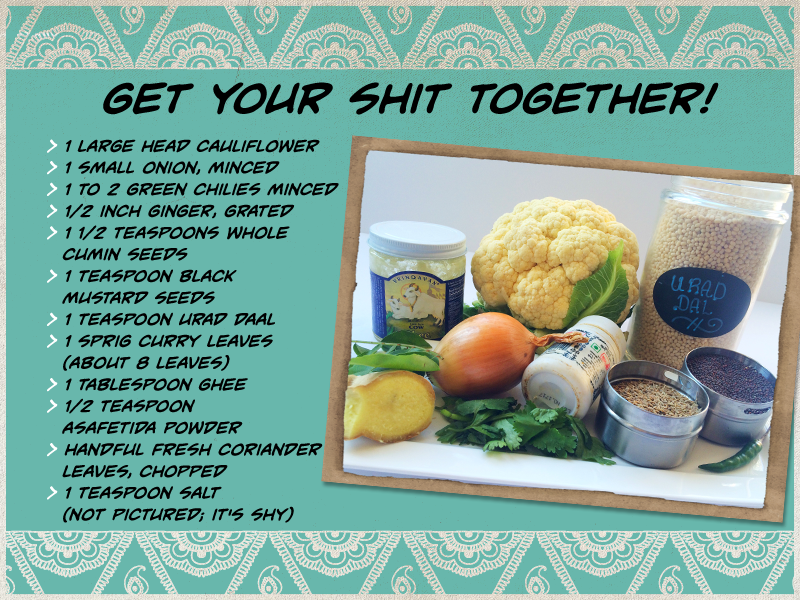
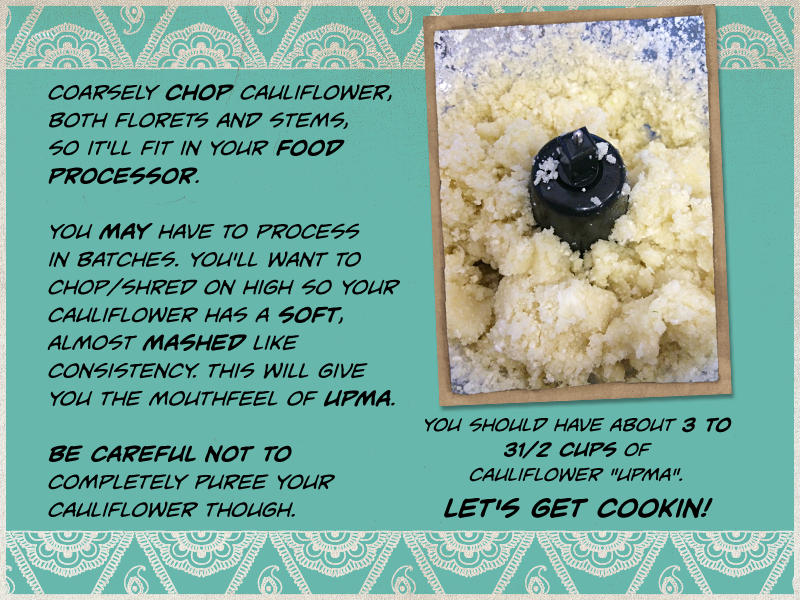
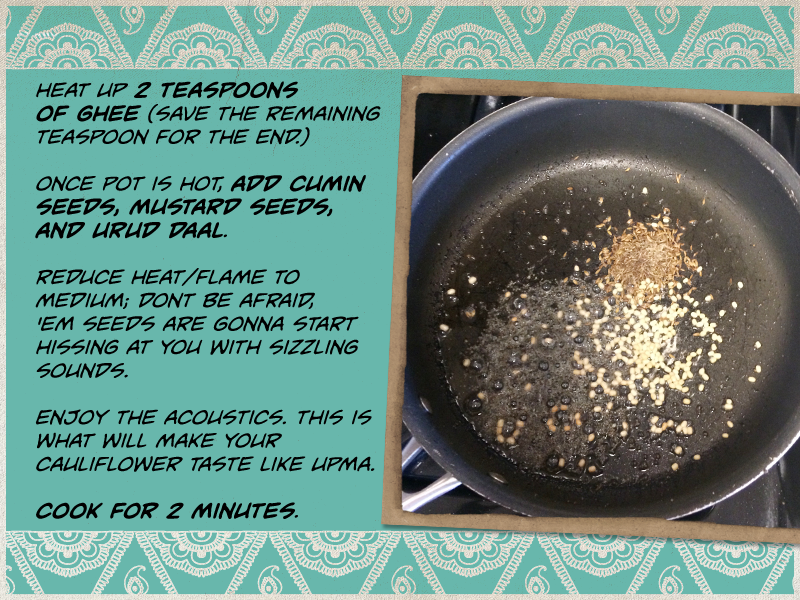
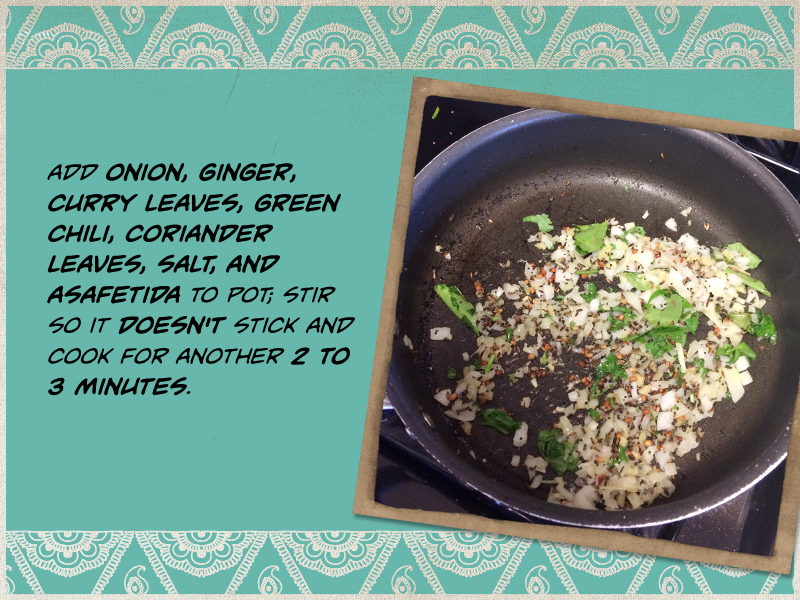
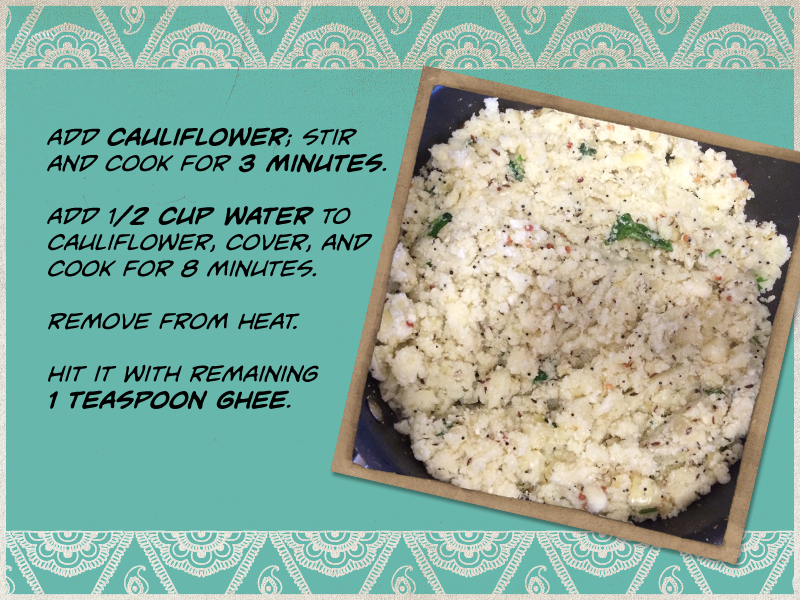
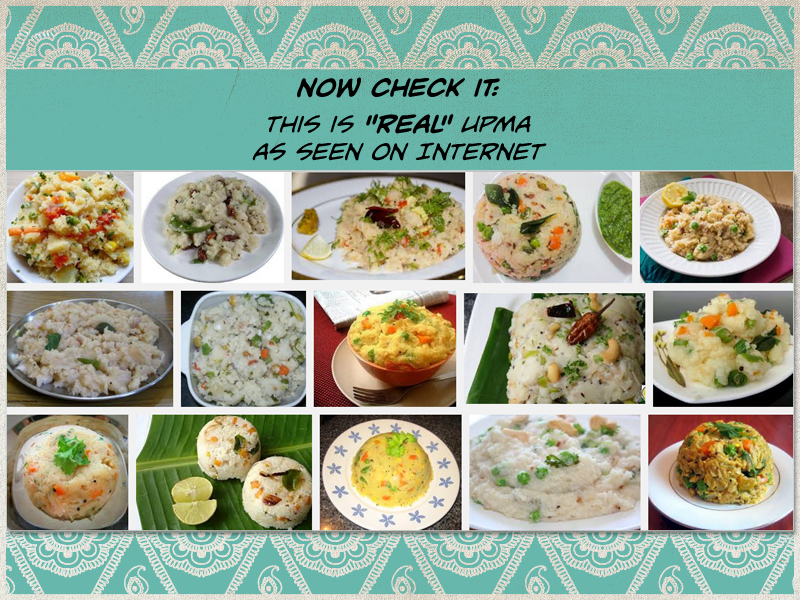
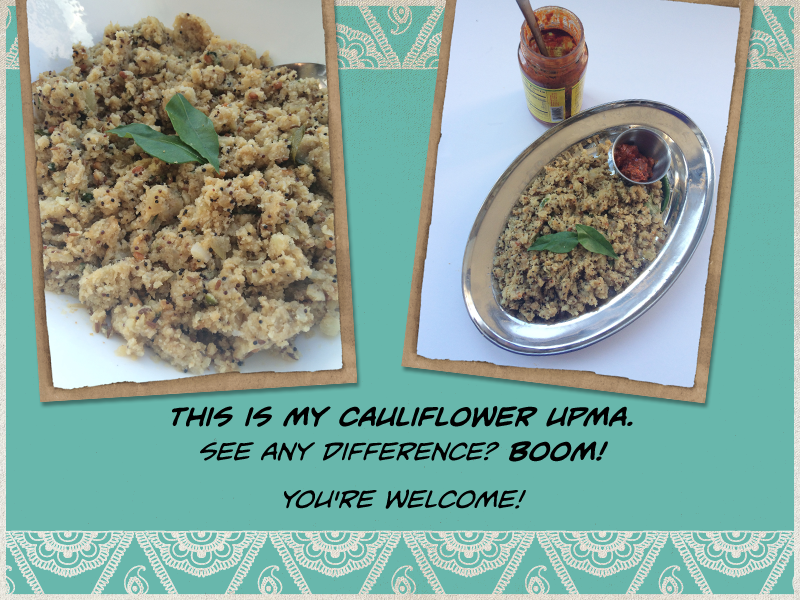
[All photos are courtesy of Soni Sathpathy-Singh.]
 Soni Satpathy-Singh is a recipe writer and developer who resides in Manhattan. She is either always cooking or eating be it for work or simply because she loves to! She is working on her own cookbook and also recently created “Sketchy Desi” which provides daily humor, greeting cards, and apparel that celebrate brown culture. To see more of Sketchy Desi’s work, visit SketchyDesi.com or stay tuned to upcoming posts on Brown Girl Magazine.
Soni Satpathy-Singh is a recipe writer and developer who resides in Manhattan. She is either always cooking or eating be it for work or simply because she loves to! She is working on her own cookbook and also recently created “Sketchy Desi” which provides daily humor, greeting cards, and apparel that celebrate brown culture. To see more of Sketchy Desi’s work, visit SketchyDesi.com or stay tuned to upcoming posts on Brown Girl Magazine.




